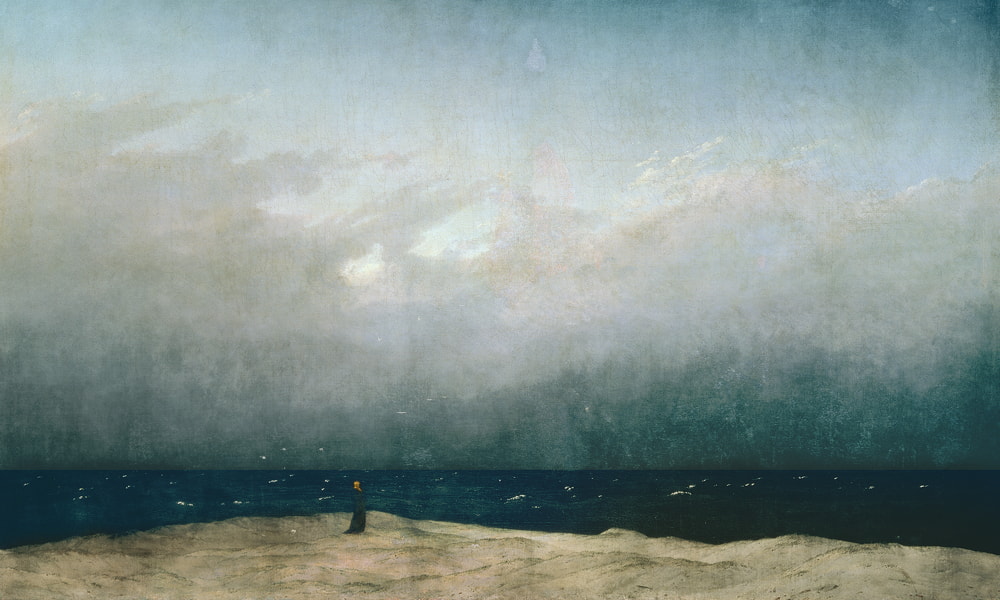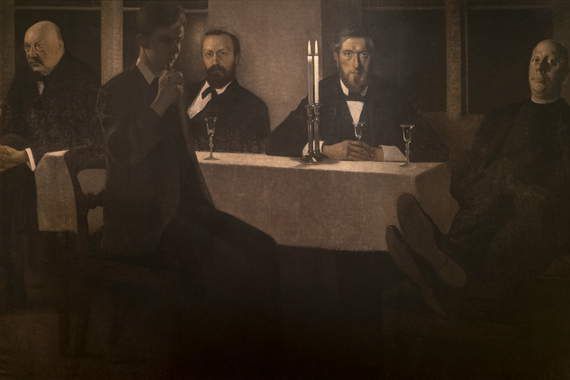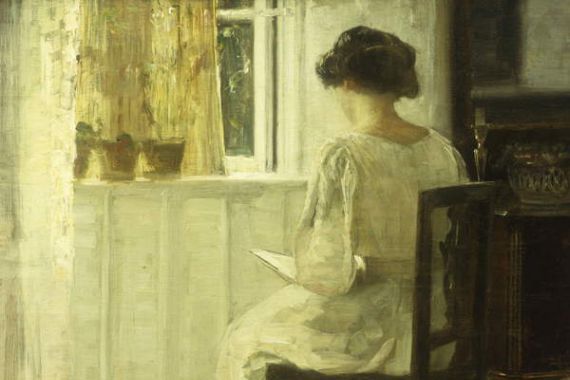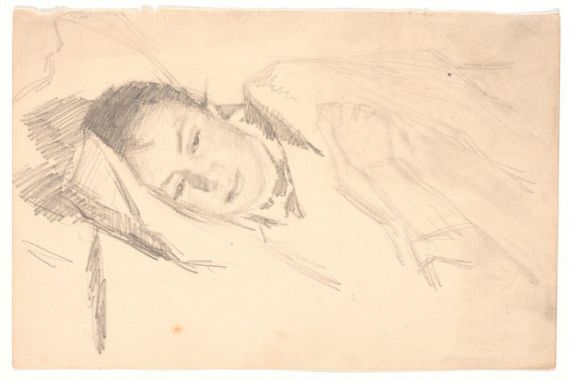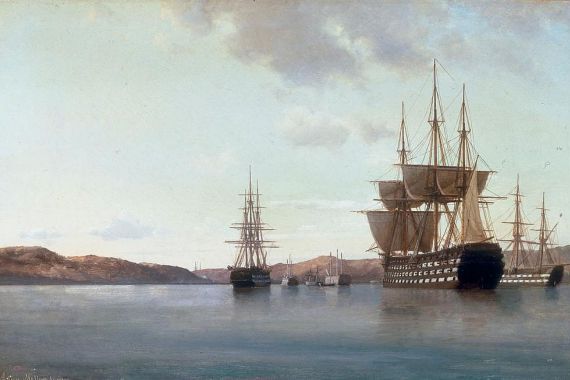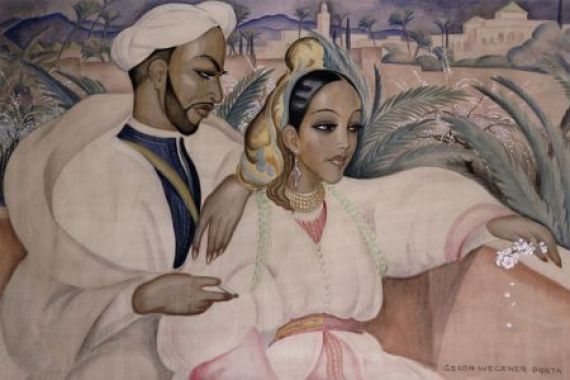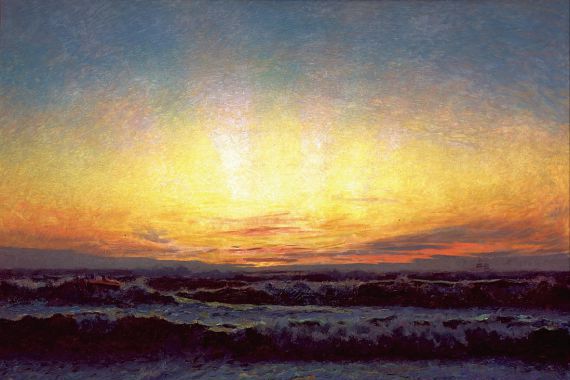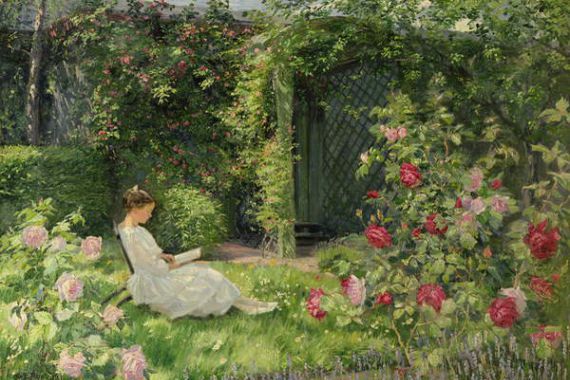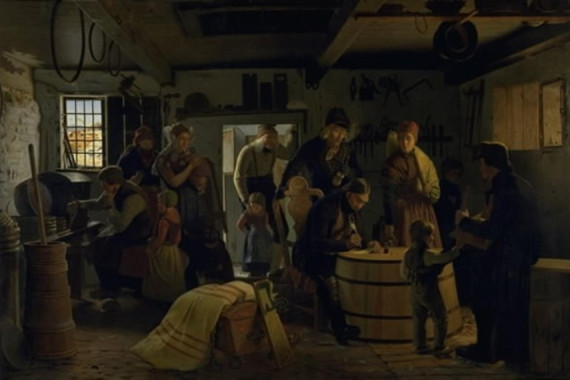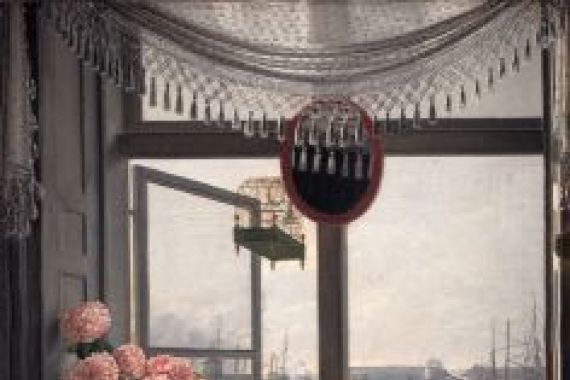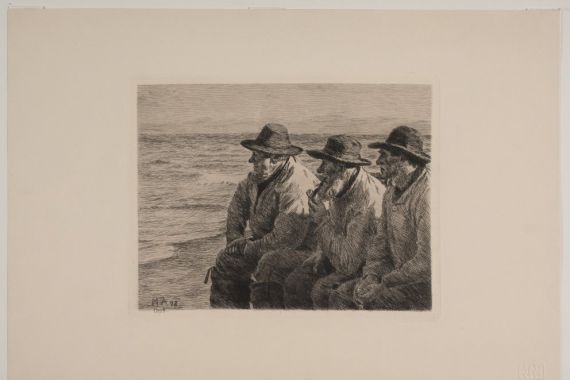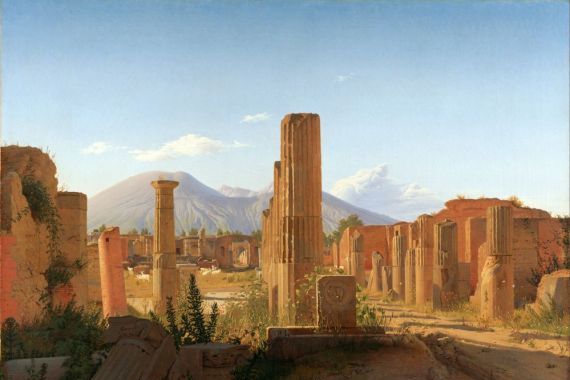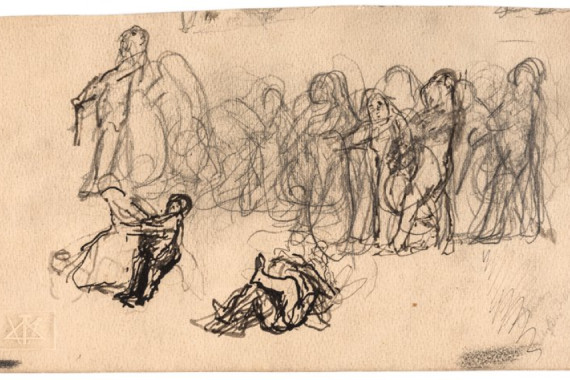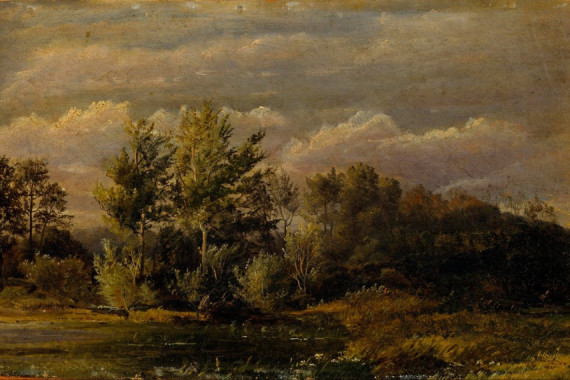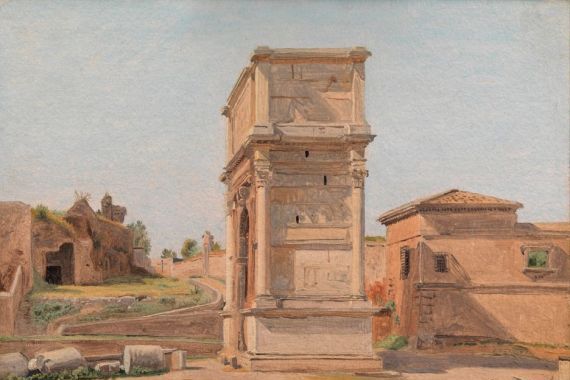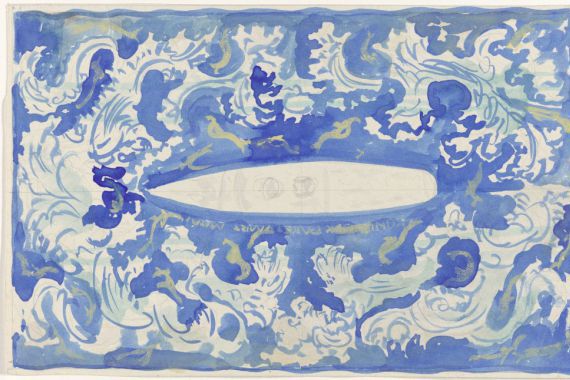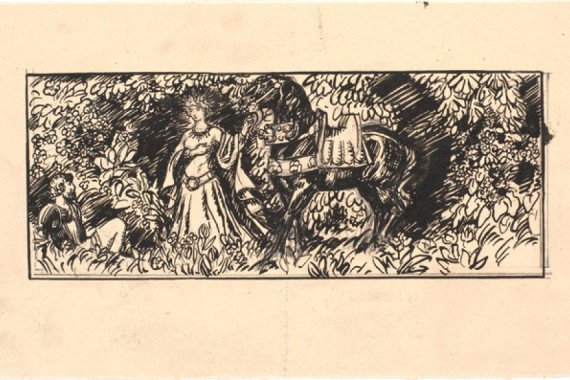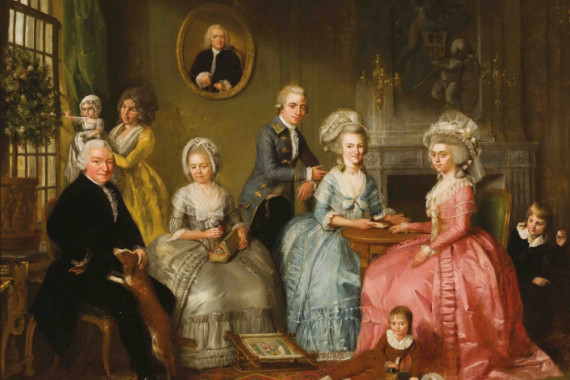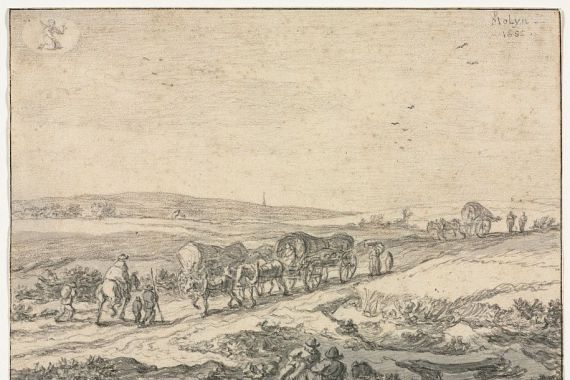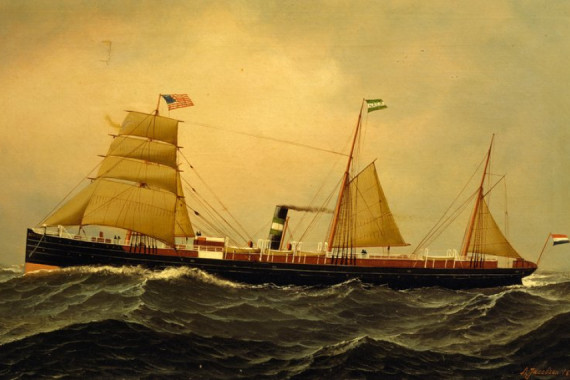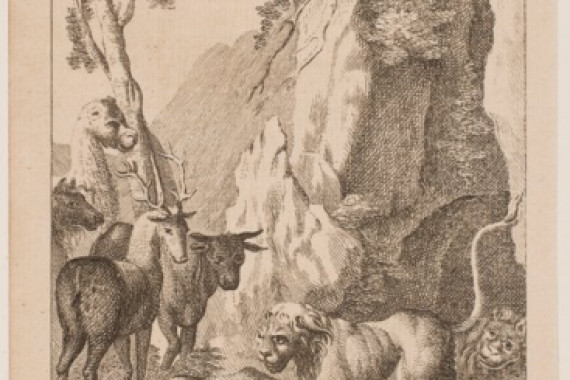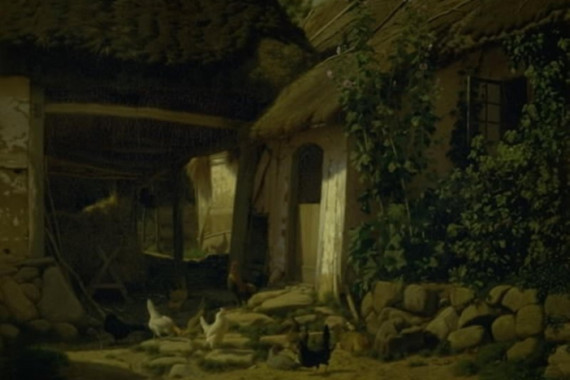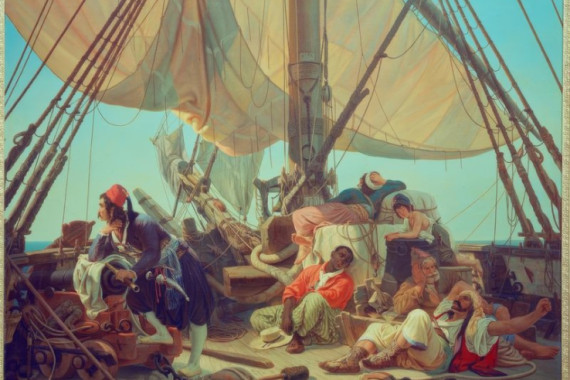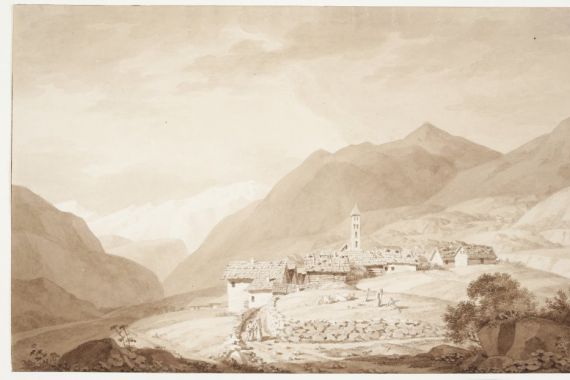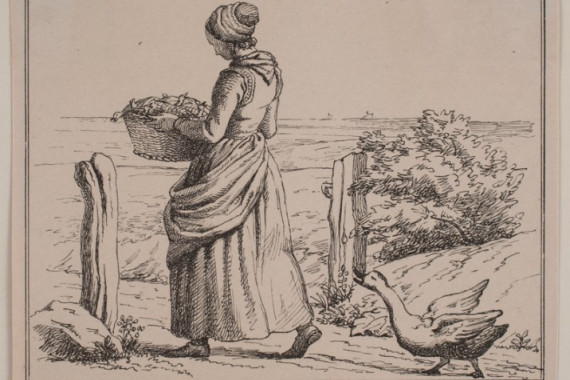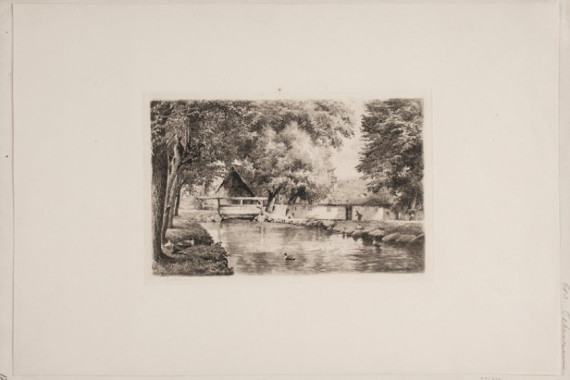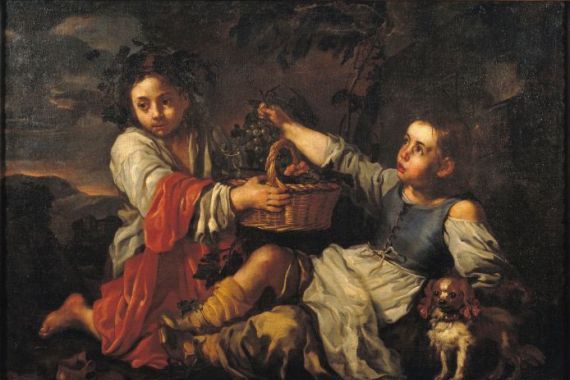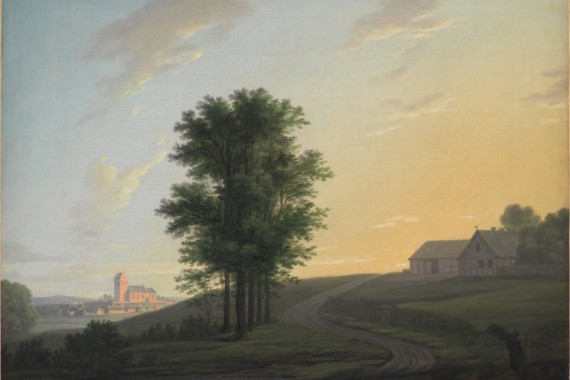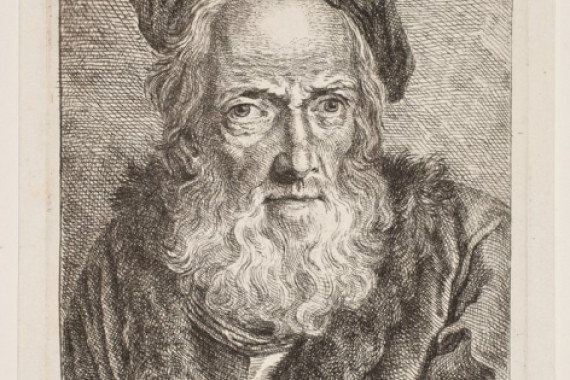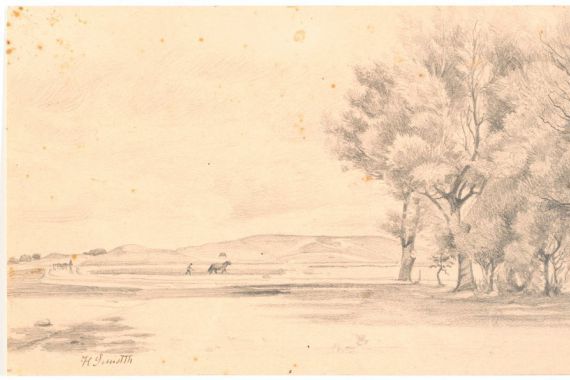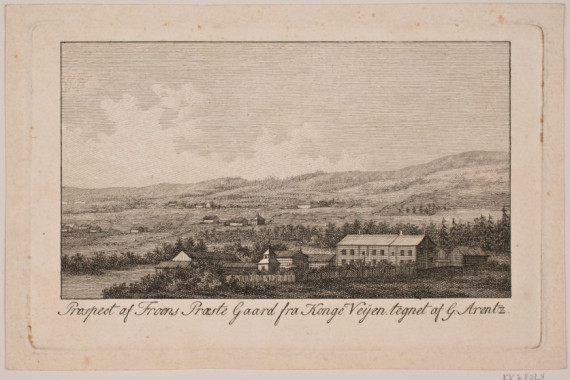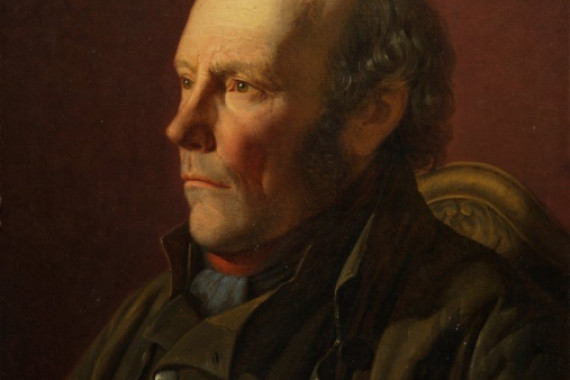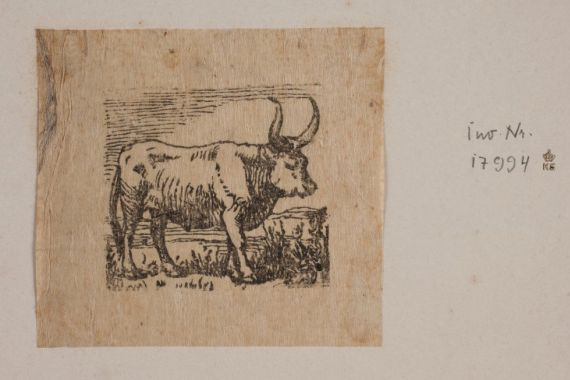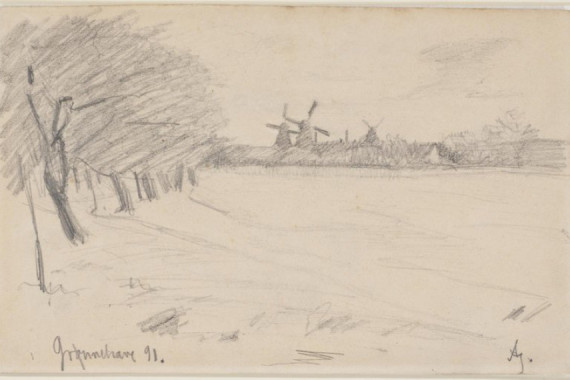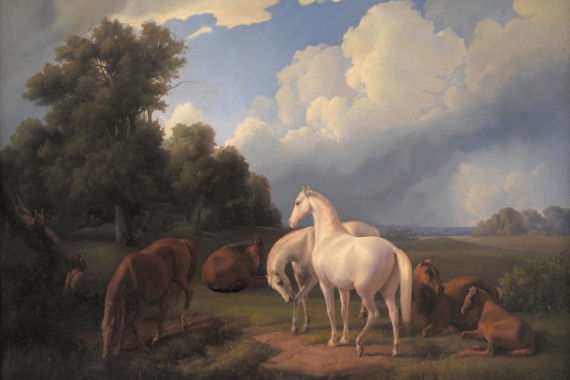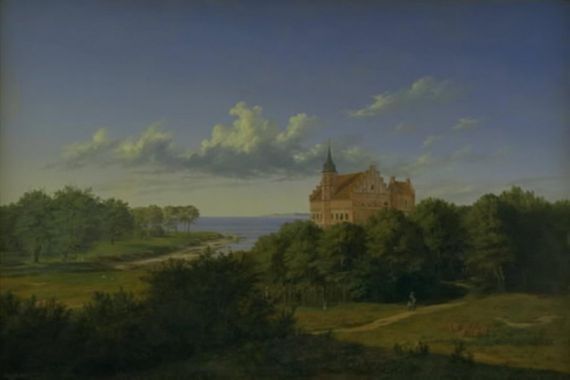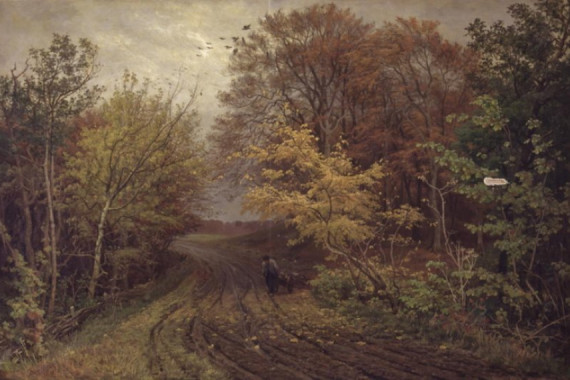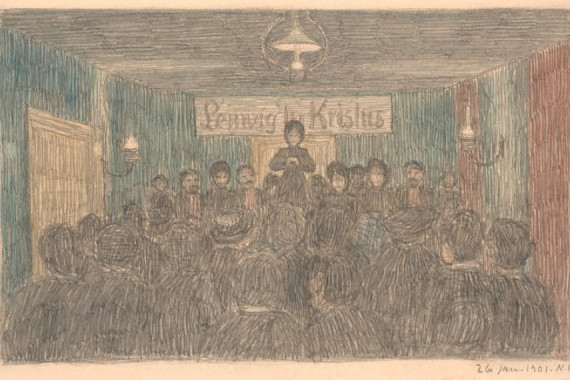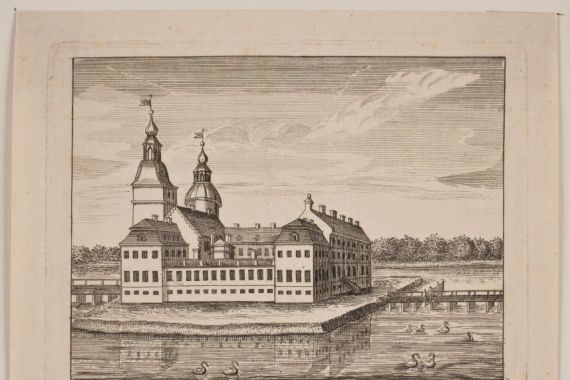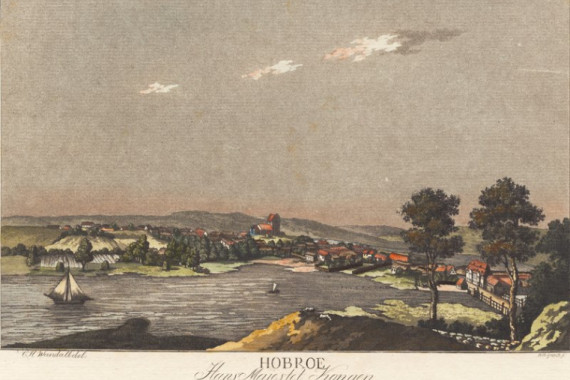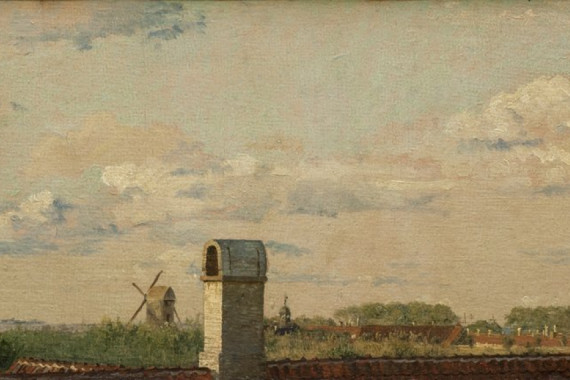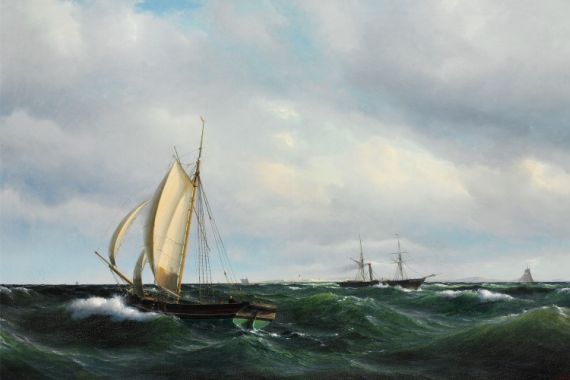A gust of wind sweeps over the flat coasts of Jutland, carrying the salty scent of the sea right into the studios of Copenhagen - and with it the eternal question: How much light can a picture take In Denmark, painting is a constant balancing act between the urge for clarity and the longing for depth, between the sober observation of the world and the desire to enchant it. Anyone looking at a Danish painting often senses this tension: there is the famous, almost unearthly light of the Skagen painters, which covers the landscapes and faces as if with an air of eternity. But at the same time, the melancholy that has always characterised the country lurks in the shadows of the canvas - a silent echo of the long winters, the endless horizons, the quiet melancholy that never quite disappears even in the brightest summer.
The history of a country often begins with its kings or wars, but Denmark's artistic identity is formed in a different place: in the small, intimate space between artist and nature. Danish painting of the 19th century, often referred to as the "Golden Age", is a prime example of this dialogue. Christen Købke, for example, whose portraits and landscapes appear as clear and calm as if he had captured time itself, or Vilhelm Hammershøi, whose quiet interiors and cool colour tones create an atmosphere reminiscent of a moment just before awakening. Their works are not loud statements, but quiet meditations on the everyday - and yet revolutionary in their restraint. While elsewhere in Europe romanticism exploded in dramatic colours and gestures, the Danes sought the magic in the unspectacular, in the play of light and shadow on a white wall, in the view out of the window onto a rain-soaked courtyard.
But Denmark would not be Denmark if it had stuck to this quiet poetry. With the advent of modernism, a new wind blew into the studios: the artists of the "Copenhagen School" and later the representatives of the "CoBrA" movement - including Asger Jorn, whose expressive, colourful works seem like an outcry against Nordic restraint - questioned everything that had previously been considered typically Danish. Suddenly, the image became a stage for experiments, for wild explosions of colour, for the unconscious and the playful. Photography, established as an independent art form by pioneers such as Keld Helmer-Petersen, captured the new urbanity and attitude to life of the post-war period: sober, direct, sometimes ironic, always with a keen eye for the absurd in the everyday. And while the world looks to the major centres of the avant-garde, works are created in Denmark that defy any pigeonholing - sometimes delicate and poetic, sometimes provocative and loud, but always with a fine sense of what lies between the lines.
Danish art thus remains a fascinating interplay: between light and shadow, between stillness and new beginnings, between tradition and experiment. Anyone who engages with it will not only discover the beauty of a country, but also the quiet conflicts that its artists are constantly renegotiating - on paper, canvas, photographic paper or as fine prints. And perhaps it is precisely this contradiction that makes Danish art so timeless and inspiring: it always remains a little intangible, like the light that passes over the dunes - and yet for a moment transforms everything.
A gust of wind sweeps over the flat coasts of Jutland, carrying the salty scent of the sea right into the studios of Copenhagen - and with it the eternal question: How much light can a picture take In Denmark, painting is a constant balancing act between the urge for clarity and the longing for depth, between the sober observation of the world and the desire to enchant it. Anyone looking at a Danish painting often senses this tension: there is the famous, almost unearthly light of the Skagen painters, which covers the landscapes and faces as if with an air of eternity. But at the same time, the melancholy that has always characterised the country lurks in the shadows of the canvas - a silent echo of the long winters, the endless horizons, the quiet melancholy that never quite disappears even in the brightest summer.
The history of a country often begins with its kings or wars, but Denmark's artistic identity is formed in a different place: in the small, intimate space between artist and nature. Danish painting of the 19th century, often referred to as the "Golden Age", is a prime example of this dialogue. Christen Købke, for example, whose portraits and landscapes appear as clear and calm as if he had captured time itself, or Vilhelm Hammershøi, whose quiet interiors and cool colour tones create an atmosphere reminiscent of a moment just before awakening. Their works are not loud statements, but quiet meditations on the everyday - and yet revolutionary in their restraint. While elsewhere in Europe romanticism exploded in dramatic colours and gestures, the Danes sought the magic in the unspectacular, in the play of light and shadow on a white wall, in the view out of the window onto a rain-soaked courtyard.
But Denmark would not be Denmark if it had stuck to this quiet poetry. With the advent of modernism, a new wind blew into the studios: the artists of the "Copenhagen School" and later the representatives of the "CoBrA" movement - including Asger Jorn, whose expressive, colourful works seem like an outcry against Nordic restraint - questioned everything that had previously been considered typically Danish. Suddenly, the image became a stage for experiments, for wild explosions of colour, for the unconscious and the playful. Photography, established as an independent art form by pioneers such as Keld Helmer-Petersen, captured the new urbanity and attitude to life of the post-war period: sober, direct, sometimes ironic, always with a keen eye for the absurd in the everyday. And while the world looks to the major centres of the avant-garde, works are created in Denmark that defy any pigeonholing - sometimes delicate and poetic, sometimes provocative and loud, but always with a fine sense of what lies between the lines.
Danish art thus remains a fascinating interplay: between light and shadow, between stillness and new beginnings, between tradition and experiment. Anyone who engages with it will not only discover the beauty of a country, but also the quiet conflicts that its artists are constantly renegotiating - on paper, canvas, photographic paper or as fine prints. And perhaps it is precisely this contradiction that makes Danish art so timeless and inspiring: it always remains a little intangible, like the light that passes over the dunes - and yet for a moment transforms everything.
×




